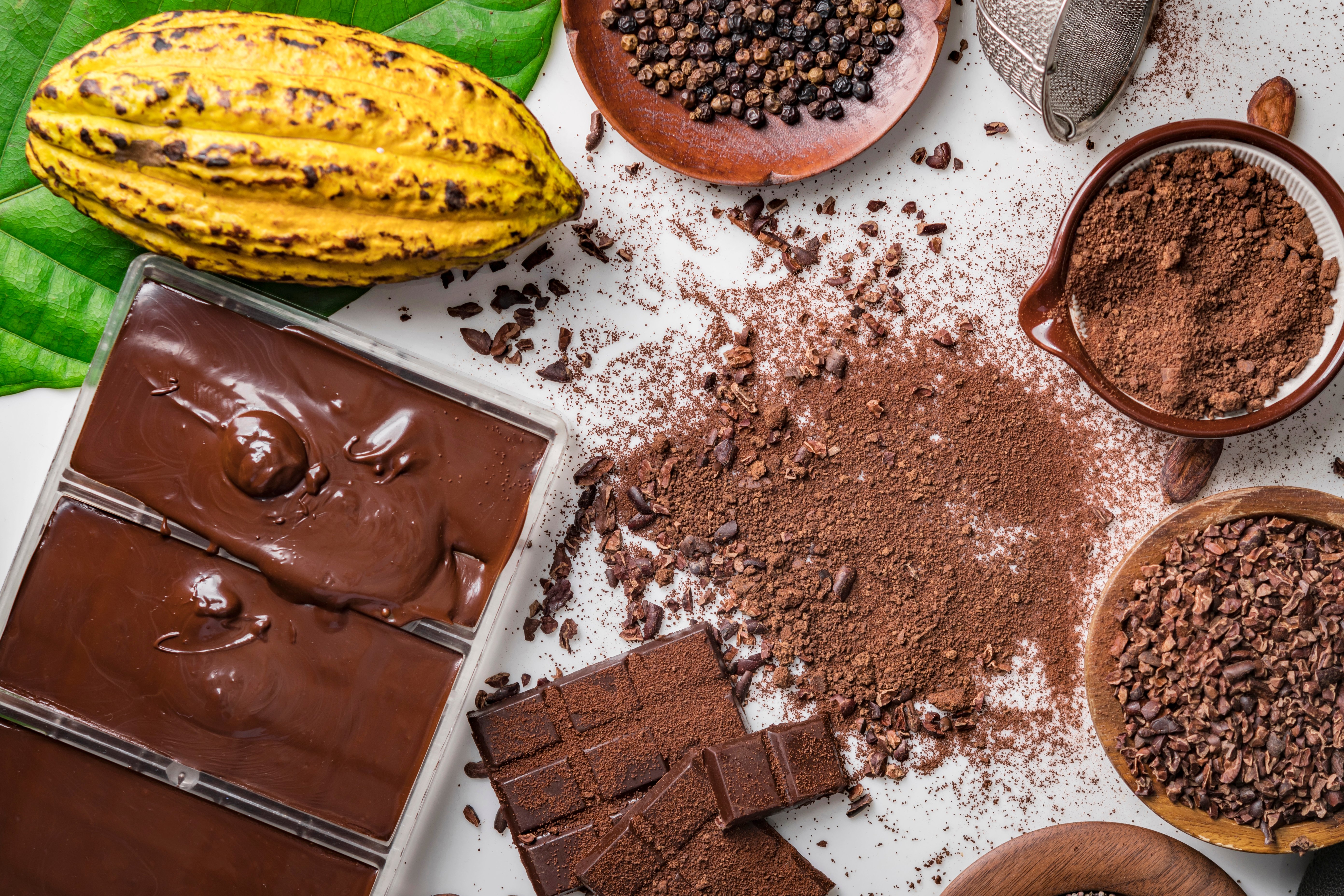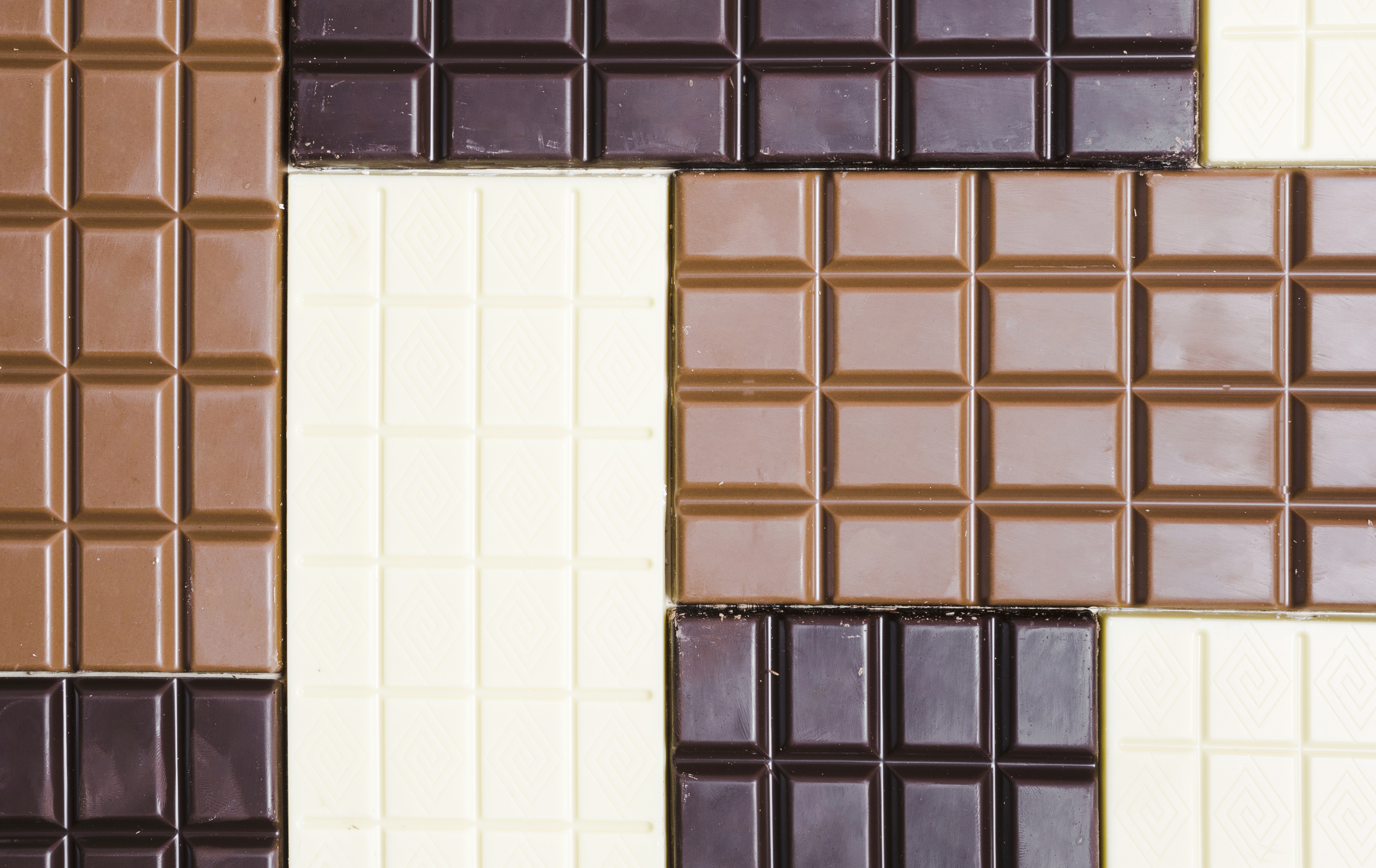Chocolate History: the Ingredient that Changed the World

On July 7, allow yourself to indulge in all things chocolate, because it’s World Chocolate Day. Read on to know the history of chocolate and how this ingredient changed the food industry for the better.
The History of Chocolate
How the story began
World Chocolate Day falls on July 7th because it is thought to be the day that cacao was first brought to Europe in 1550, but the history of chocolate goes far back to 5,300 years ago. According to a recent paper published in the journal Nature Ecology & Evolution, the earliest evidence of domesticated cocoa was found in vessels and pots of the Mayo-Chinchipe people in the upper Amazon region of Ecuador.
In 400 AD, the Maya civilization in Central and South America cultivated the cacao plant. Dried cocoa beans were ground and dissolved in water, and with the addition of cinnamon and pepper, it was brewed to create a frothy drink called xocoatl, which means ‘bitter water’. The word chocolate itself originated from the Aztec word xocoatl. At that time, chocolate was appreciated for its invigorating and medicinal qualities, rather than its taste.
Later in 1200 AD, the Aztec empire spread across Mesoamerica. By then, cocoa beans were considered so valuable that they used the beans as currency, and the Aztecs believed that the god Quetzalcoatl himself bestowed cocoa trees upon them. Legend has it that Montezuma, the emperor of the Aztecs, took a great interest in the chocolate drink that he drank dozens of cups a day.
Europe meets chocolate
When the Spanish conquistador Hernando Cortés traveled to Mexico and saw how valued the strange fruit was, he was intent on bringing cacao beans to Spain in the 1500s. Initially, the Spanish were merely interested in the economic value of the beans and judged the Aztecs' chocolate drink as horrible and the rites heretic. However, with frequent trade between American colonies of the Spanish, chocolate was introduced to Europe as a beverage of great nutritional and medicinal value.
In 1615, Anna of Austria popularized chocolate in France when she married King Louis XIII. It became a badge of status and a fashionable drink of the aristocracy in Paris, and from there it spread to the upper echelons of European society. In 1753, Swedish naturalist Carl von Linné named the cocoa beans Theobroma cacao, which literally means ‘food of the gods’.
The revolution of chocolate
In the year 1828, chocolate was brought into a new era with the invention of the cocoa press by Dutch chemist Coenraad Johannes van Houten and his father, Casparus. It squeezed the cocoa butter out of the roasted cacao beans, leaving behind a dry cake that could be pulverized into a fine powder to be combined with other ingredients. As a result, chocolate can be used as a confectionery ingredient, and this also made chocolate much more affordable.
Are you on LinkedIn? Do you want to receive the latest news and developments on chocolate in the confectionery, industrial bakery and ice cream industry?
In 1847, British chocolate company J.S. Fry & Sons created the first chocolate bar from cocoa powder mixed with cocoa butter and sugar. In 1875, a chocolate expert from Switzerland Daniel Peter made the first milk chocolate by adding powdered milk developed by his neighbor Henri Nestlé, and the pair eventually formed the Nestle company. Four years later, Rodolphe Lindt, also a Swiss chocolatier, engineered the first conching machine. Large stone rollers mix and aerate chocolate for hours to give it a velvety texture and evaporate unwanted acidic aromas, which allowed for the mass production of smooth and creamy milk chocolate.
A big boom in the chocolate industry
As late as 1880, South America and the Caribbean accounted for nearly all of the cocoa production in the world. But around the same time, the cultivation of cacao began spreading to European colonies in Africa. Due to the increase in production, cocoa prices dropped tremendously in the early 1900s. As a result, there was a boom in the industrialization of chocolate production all over Europe and the United States, and people couldn’t help but become obsessed with chocolate. The incorporation of chocolate to the armed forces’ rations during the World Wars also helped spread its popularity.
The development of chocolate products was also boosted to high levels. It was no longer limited to drinks and pralines; an almost never-ending range of products developed. By the end of the 1920s, more than 40,000 different candy bars were being made in the United States.
From its first cultivation over 5,000 years ago until this day, chocolate remains one of the most favorite treats. On average, chocolate is consumed at an estimated 0.9 kilograms per capita per year, with Germany being the largest consumer with per-capita consumption of 11 kilograms in the year 2018.
How We Ensure a Sustainable Future
At Freyabadi, we believe that it’s crucial to not only improve upon past advancements of chocolate production but also ensure the sustainability of its future. In accordance with Fuji Oil Group, Freyabadi Indotama participates in creating a higher value creation in the form of Environmental, Social and Governance policies and practices.
We strive towards the elimination of child labor and deforestation. By 2030, we aim for zero child labor and for the plantation of one million trees. We are also committed to supporting a reliable, sustainable supply of quality cocoa and sugar which positively impacts our cocoa farmers for years to come. We also use RSPO-certified palm oil, and are trusted with other certifications.
Who is Freyabadi Indotama?
Freyabadi Indotama is a chocolate manufacturing company that produces compound and couverture chocolate in various shapes and forms. We serve food manufacturers that operate in the confectionery, ice cream, and industrial bakery industry throughout the Asia-Pacific, Middle East and African region.
Sign up for our newsletter to get the latest trends in your business, tips and insights to help you grow your food industrial business, webinar invitations and product sheets of new and upcoming chocolate products from Freyabadi Indotama.



